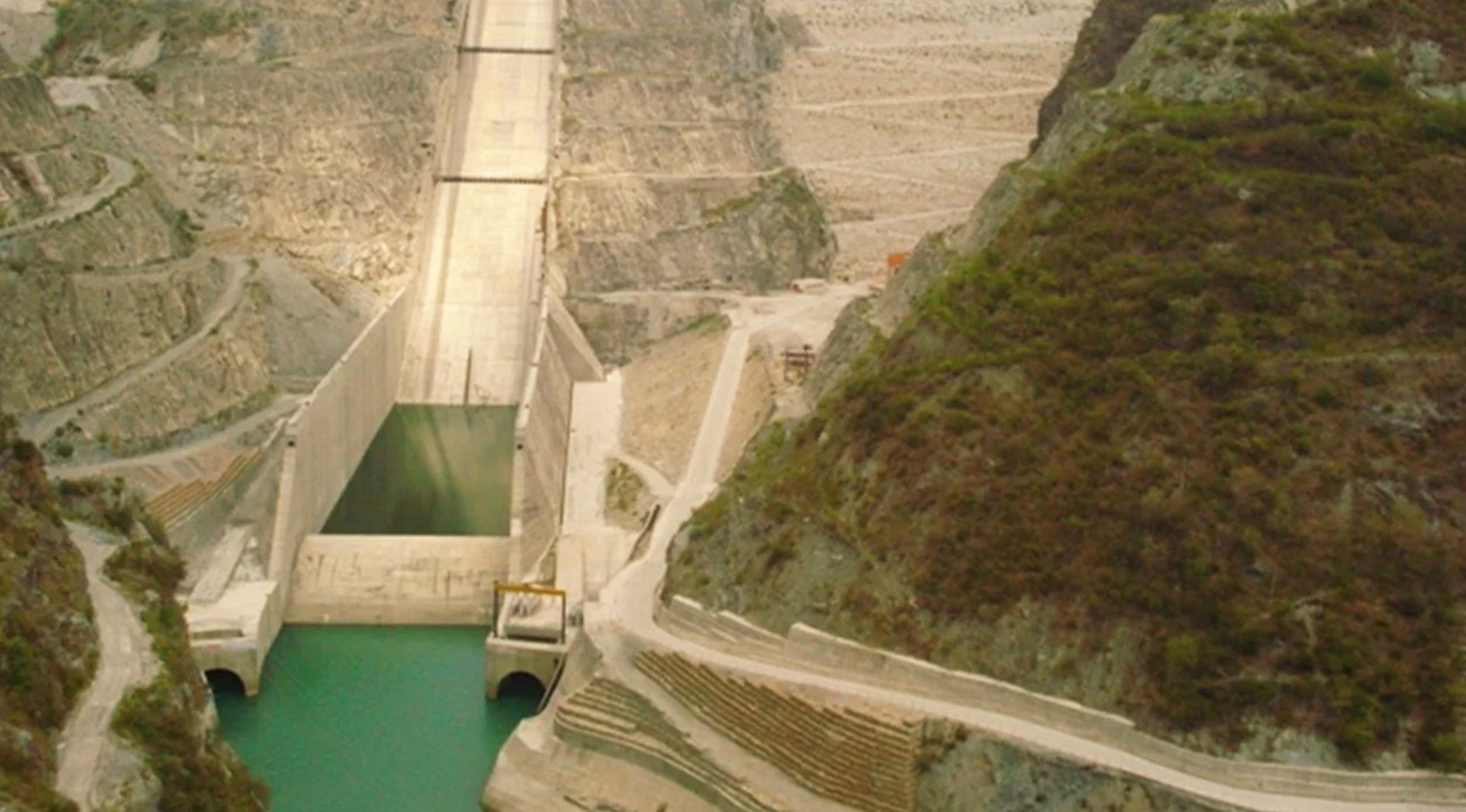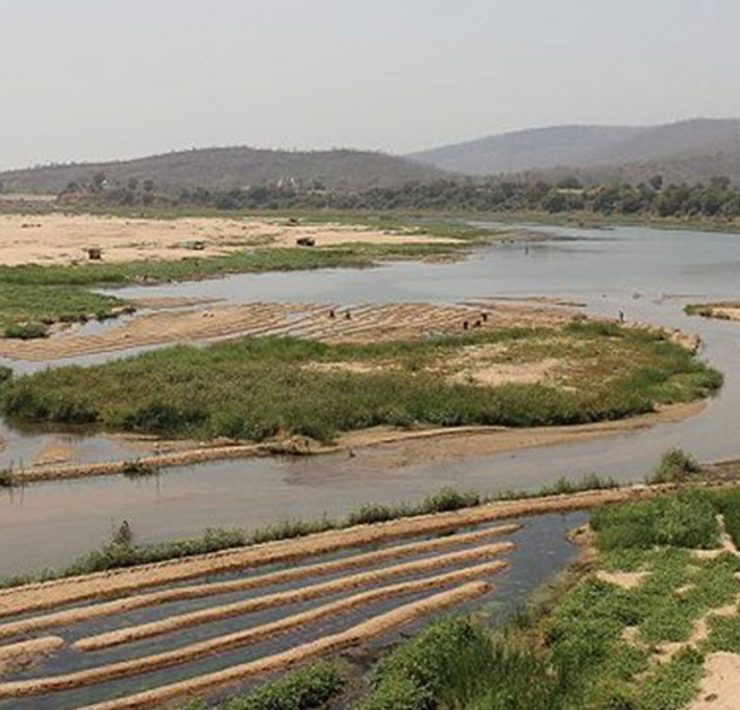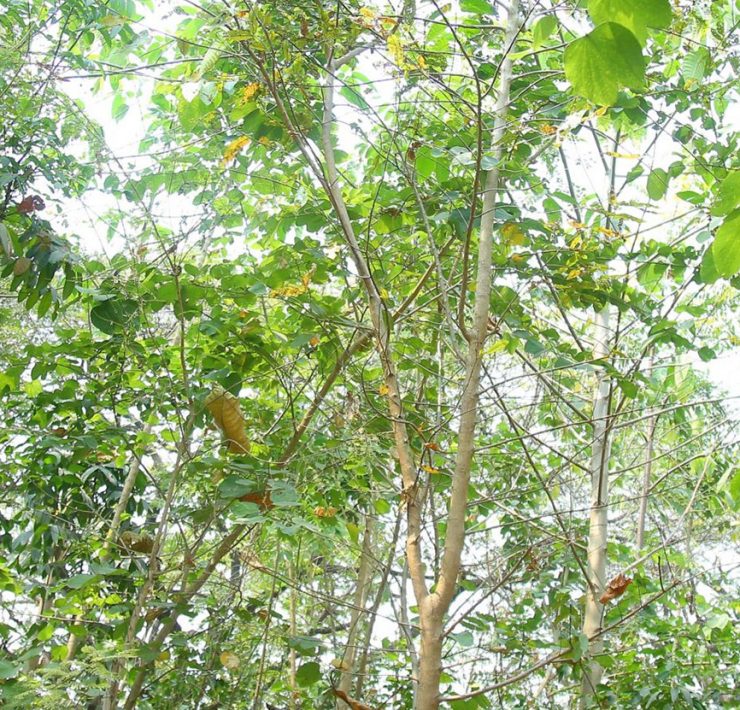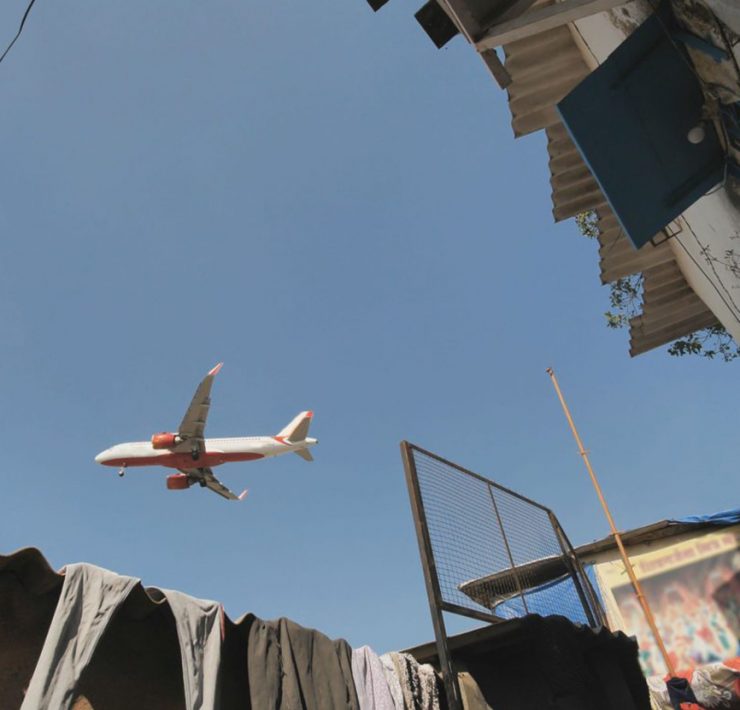Himalayan Quake and a High-Risk Project
- While many projects with huge environmental and social costs have been opposed, the TDP is different, for even government-nominated experts had wanted it scrapped.

Leading seismologists seem to agree on the likelihood of a very high intensity Himalayan earthquake, whose effects may inflict huge damage on the hilly areas and the dense urban settlements of the north Indian plains, including Delhi and around. Considering the multiple recent tremors felt in the National Capital Region (NCR), there are growing concerns about the “chain impact” that a high-intensity Himalayan quake could have. That is, it could damage critical infrastructure and have a ripple effect on inhabitation near them. It is for these reasons that there is a need to reassess the risks from one of the most controversial projects in recent decades, the Tehri Dam Project (TDP).
This 260.5-metre dam in the Garhwal Himalayas faced stiff opposition throughout its construction. While many projects with a huge environmental and social cost have been opposed in the past, the TDP is different, for even some government-nominated expert committees had wanted it scrapped.
On 28 August 1986, the chairman of the Working Group on the TDP set up the Department of Science and Technology said in a written statement (while submitting the report) that this dam should be halted. About four years later, the Environment Appraisal Committee (EAC), River Valley Projects, of the Ministry of Environment and Forests, came to the unanimous conclusion that the “Tehri Dam Project, as proposed, should not be taken up as it does not merit environment clearance”.
The EAC report also used the word “unacceptable” while discussing the level of risk involved should the Tehri Dam be breached. The very real possibility of failure of the dam is discussed in the EAC report, which says that it “would cause a flood wave which could wipe out Rishikesh and possibly Haridwar.” This report also found the readiness to deal with such a hazard “extremely poor”.
The EAC report examined all important aspects of this dam, but said that safety risks alone are enough to not clear it. “Taking note of the unacceptable risk involved, extremely poor status of readiness to deal with the hazards and unprecedented damage in case of a breach or overtopping, the Committee reiterates its considered view that it would be irresponsible to clear the Tehri dam as currently proposed.”
It made other more specific observations about the hazards of TDP: “…considering the almost total certainty that a strong earthquake of magnitude greater than 8.0 on the Richter scale will occur in the region during the life of the dam, and considering that the dam design does not provide for such an earthquake the Committee has no option but to conclude that construction of Tehri dam, as proposed, involves totally unjustified risks. The magnitude of the disaster that would follow, if the dam collapsed, strengthens the Committee’s opinion that approval to the construction of this dam, as proposed, and at the present site, would be irresponsible.”
Even the Tehri Hydro Development Corporation (THDC) had not given the necessary attention to the hazards and risks of TDP, this report said. “Though despite repeated requests, the THDC did not provide the committee with risk analysis in terms of the impact of dam failure on the life, property and cultural heritage, our own tentative calculations suggest that if the Tehri dam collapsed, it would cause flood wave which would…wash away most of the settlements around this region.”
The stability of adjacent hills is also a crucial factor from the point of view of safety. This report said, “It is not clear whether an earthquake of magnitude 8.5 could be tolerated by the hill sides and the reservoir rim. This in any case, has not been tested or established.”
“A famous example is that of the Vajont Dam in Italy, when collapse of a hillside into a reservoir caused a huge wave which over-topped the dam and instantly killed a large number of people even though the concrete dam itself survived,” the report said.
A prominent geophysicist, James N Brune, had said that the (then proposed) Tehri Dam’s location is “one of the most hazardous in the world” from the point of earthquakes. “There is little question that in terms of the hazard rating of the international Commission on Large Dams (ICOLD), its hazard class is extreme,” he said. He also said, “Given the number of persons who live downstream, the risk factor is also extreme. In such circumstances the ICOLD declares that a fully state-of-art dynamic design analysis of the dam, in response to specified acceleration time histories, is mandatory.”
A critical factor on the basis of which clearance was given to Tehri Dam Project by a special High-Level Committee of the Government of India (after the EAC refused to clear it) was the calculation of the Peak Ground Acceleration (PGA). The committee said its calculation was based on the work of none other than Brune. However, when this calculation was shown to Brune, he said, “The calculation used…is unfortunately used in an incorrect, out of context and out of date manner and, therefore, in my opinion no weight can be given to the resulting calculation of a maximum acceleration of 0.22g.”
He further said that the risk can be assessed by considering only the simple case of the main fault. In thrust faulting situation, there are often multiple intricate faults and thus a branch fault of the main fault is likely to come much closer than the main fault and might cause high accelerations at high frequency and possibly local ground rupture. It was the possibility of a local ground rupture which led to cancelling plans for Auburn development in the US.
“I believe there is no chance that a dam in similar circumstances as Tehri dam could be licensed for 0.22g in the US. I have discussed the matter with several of my colleagues and they all consider 0.22g as too low a design acceleration for Tehri Dam.”
On the basis of these comments a prominent expert from India, Vinod Gaur, wrote to Dr DP Daundiyal, then chairman of the High-Level Committee, “It is quite clear to me that the issues raised by Prof. Brune are extremely critical. …they did not receive a critical scrutiny at time of our earlier deliberation or else their far-reaching implications would not have been missed. And in case they were to be discounted, a scientific critique would have been warranted to justify their omission. This as you know, did not happen.”
Thus it is clear that the Tehri Dam was not only rejected by official committees due to the high hazards involved but when, despite two rejections by official committees, it was final approved by a new committee, it was done on the basis of incorrect interpretation.
Therefore, any preparations that are made to face a high-intensity Himalayan quake, which seismologists consider quite possible, should also include the high risks arising from the impact of the quake on the dam. The risks of reservoir-induced seismicity, or a new seismic event arising from the landing of a huge water mass on land, is an additional threat. All of these concerns need to be dealt with individually and as a whole.
This article first appeared on Newsclick.







